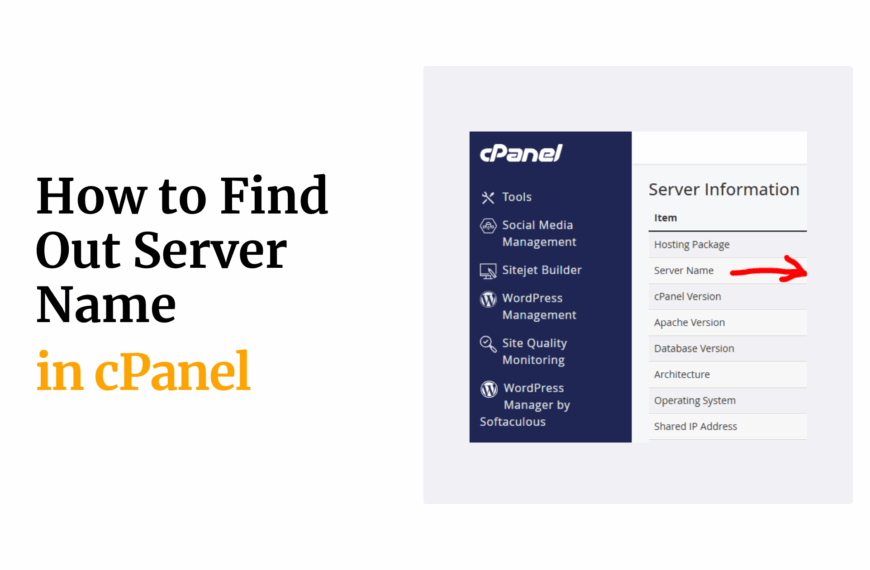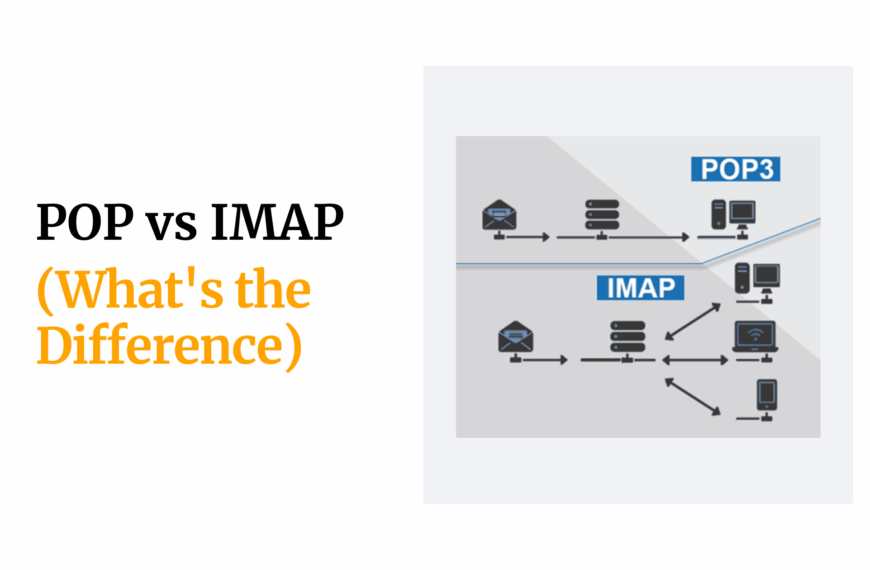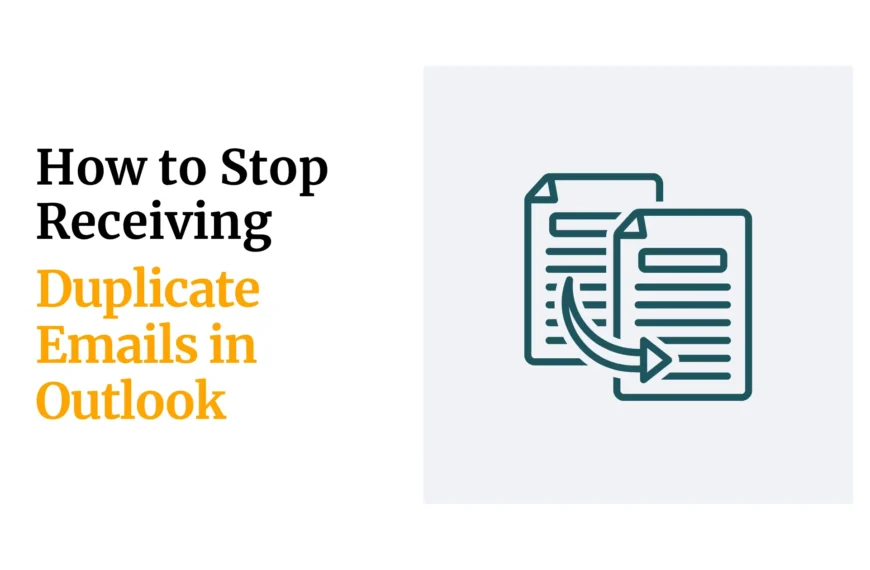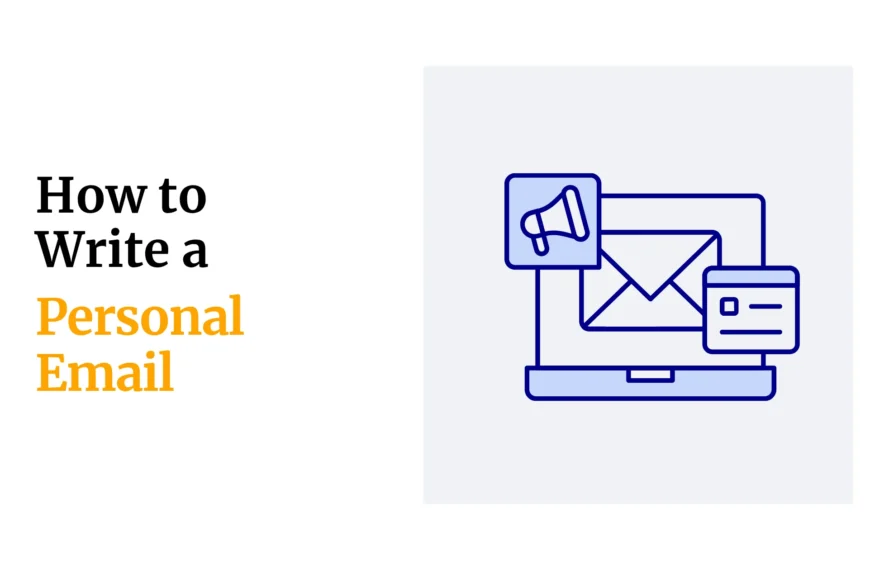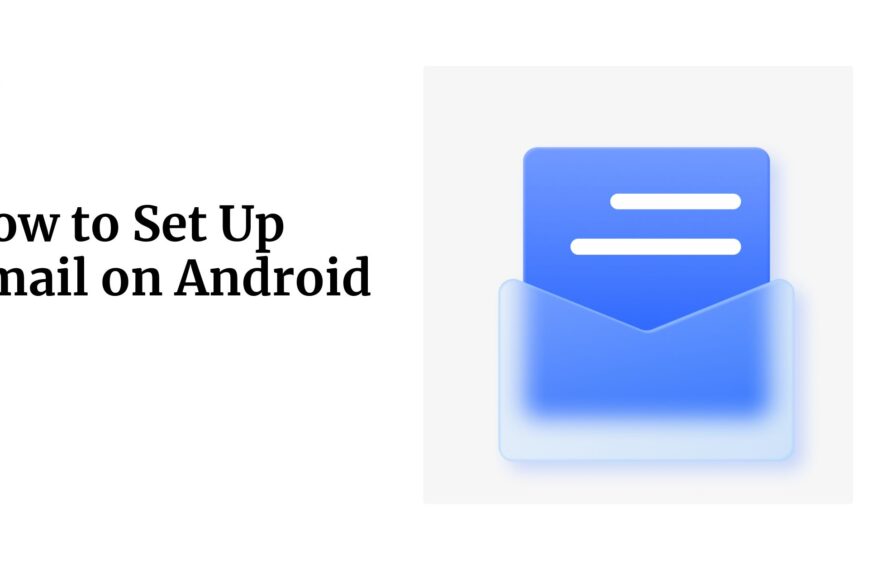Have you ever had someone say, “I emailed you, didn’t you get it?”, only to find out they typed your address wrong? It’s frustrating, right?
That’s exactly the problem a catch-all email solves.
Think of it like a safety net for your inbox. It catches every email sent to your domain, even if the address doesn’t exist or has a typo.
Table of Contents
How Does a Catch-All Email Work?
When someone sends an email to your domain, your server checks if the address exists.
If it doesn’t, and you’ve set up a catch-all email, the message gets forwarded automatically.
It goes to your catch-all inbox, the one you’ve chosen to collect everything else.
Here’s an easy way to picture it:
You walk into an office and ask, “Can I speak to John Smith?”
With standard email, if there’s no John Smith, you hear, “Sorry, no one by that name works here.”
The message is lost.
With a catch-all, the receptionist says, “We don’t have John Smith, but I’ll pass your message to someone who can help.”
That’s exactly what a catch-all email does. It catches those messages that would otherwise fall through the cracks.
Even if someone spells the address wrong, you still receive it.
It’s like having a smart, friendly front desk that always makes sure emails get through, no matter what.
Benefits of Using a Catch-All Email
There are several compelling reasons why you should consider setting up a catch-all email for your domain:
1) Never Miss an Important Email
This is the primary advantage. Typos happen, and people might guess email addresses.
With a catch-all, you’ll still receive emails intended for your domain, even if the sender has made an error.
This is crucial for sales inquiries, customer support requests, or urgent communications.
2) Identify Typographical Errors
By reviewing the emails that land in your catch-all inbox, you can identify common typos people make when trying to reach you.
This information can be valuable for optimizing your communication strategies or even registering similar domain names to protect your brand.
3) Monitor Unofficial Email Addresses
Sometimes, people guess your email addresses.
They might try something like [email protected], thinking it exists. But maybe you only use [email protected].
A catch-all email lets you see these messages. It helps you understand what people expect. And you won’t miss out on potential leads or important emails.
4) Simplify Communication for Small Businesses
For smaller businesses, a catch-all can be handy. Instead of setting up numerous specific email addresses, you can rely on the catch-all to funnel all incoming messages to a central point, making email management simpler.
5) Prevent Spam (with Caution)
A catch-all email can sometimes help you spot spam.
If you notice lots of strange emails sent to random addresses on your domain, it could mean you’re being targeted.
Spammers often guess email addresses to send junk.
That’s why catch-all inboxes can collect more spam than regular ones.
It’s helpful for awareness, but also something to watch closely.
Potential Drawbacks of Catch-All Emails
While beneficial, catch-all emails also come with a few potential downsides you should be aware of:
1) Increased Spam Volume
As mentioned, spammers often send emails to a wide range of addresses at a domain, hoping one will be active.
A catch-all email will receive all of these, potentially leading to a significant increase in spam in your inbox. This can make it harder to find legitimate emails.
2) Difficulty in Organization
With all sorts of emails landing in one inbox, it can quickly become cluttered. This makes it challenging to sort, prioritize, and respond to messages efficiently.
You’ll need a robust system for managing your catch-all inbox to prevent overwhelm.
3) Security Risks (Minor)
While not a direct security vulnerability, a catch-all email can sometimes make it easier for malicious actors to confirm that your domain is active.
If they send an email to a random address and it doesn’t bounce, they know your domain is in use.
How to Set Up a Catch-All Email (Step-by-Step)
Setting up a catch-all email is usually simple, whether you’re using shared hosting, a custom mail server, or a managed service like cPanel.
Here’s how to do it on most platforms:
1) Log in to Your Hosting or Email Dashboard
Start by accessing your hosting control panel.
This might be cPanel, Plesk, DirectAdmin, or a custom dashboard provided by your hosting company.
2) Go to Email Settings
Look for a section labeled Email, Mail Settings, or Email Accounts.
This is where you manage email addresses associated with your domain.
3) Find the “Default Address” or “Catch-All” Option
This is sometimes called Default Address, Catch-All Email, or Wildcard Email, depending on your provider.
4) Choose Your Catch-All Inbox
Select an existing email (like [email protected] or [email protected]) where you’d like all unmatched emails to be delivered.
You may also have the option to create a new address just for this purpose.
5) Enable and Save
Click Save or Update Settings to apply the changes.
To confirm it’s working, send test emails to random or misspelled addresses on your domain; they should land in your catch-all inbox.
Setting Up a Catch-All Email with Truehost SA
We at Truehost SA make this process easy, especially if you’re using cPanel or our managed Email Hosting.
Here’s how to set it up with us:
- Log in to your Truehost SA client area
- Open cPanel for the domain you want to manage
- Scroll to the Email section and click on Default Address
- Choose an existing mailbox to receive all unmatched emails
- Click Save to activate your catch-all email.
Want help? Our support team is always here to guide you through setup.
Explore our Email Hosting plans to get started with reliable, flexible email solutions.
Is a Catch-All Email Right for You?
Deciding whether to use a catch-all email depends on your specific needs and how you manage your email.
A catch-all email can be very helpful for small businesses or individuals.
It ensures you don’t miss any messages, even if someone mistypes your address.
But you’ll need to be okay with sorting through some spam.
For larger companies, it’s a different story.
They often have many departments and well-defined email addresses.
In those cases, a catch-all might cause more problems than it solves.
Spam and disorganization can get out of hand.
Instead, it’s better to manage email addresses strictly and share official contact emails.
Alternatives to Catch-All Emails
Not sure if a catch-all email is right for you? Try these options:
- Email Aliases: Create multiple aliases for one inbox without catching all emails.
- Forwarding Rules: Set specific rules to redirect emails to the right place.
- Professional Email Hosting: Truehost SA offers customized solutions for secure email management. Learn more about our hosting plans.
Why Choose Truehost SA?
We at Truehost SA understand the importance of reliable email communication.
Our email hosting plans include catch-all support, spam filters, and easy setup.
You get a secure, affordable solution to keep your business connected.
Conclusion
A catch-all email is like a digital safety net. It ensures no email slips through the cracks, even when someone misspells your address.
It’s a smart tool for business owners, startups, and anyone who values communication.
Just remember: set it up wisely, filter carefully, and use it as part of a bigger email strategy.
 Web Hosting
Web Hosting Windows HostingBuilt for Windows apps and websites – stability, speed and flexibility
Windows HostingBuilt for Windows apps and websites – stability, speed and flexibility Reseller HostingLaunch a hosting business without technical skills or expensive infrastructure
Reseller HostingLaunch a hosting business without technical skills or expensive infrastructure Affiliate ProgramRefer customers and earn commissions from sales across our platform
Affiliate ProgramRefer customers and earn commissions from sales across our platform Domain SearchFind and secure a domain name in seconds with our quick lookup tool
Domain SearchFind and secure a domain name in seconds with our quick lookup tool CO ZA Domains
CO ZA Domains All DomainsExplore domain names from over 324 TLDs globally – all in one place
All DomainsExplore domain names from over 324 TLDs globally – all in one place Free Whois Lookup Tool South Africa
Free Whois Lookup Tool South Africa VPS
VPS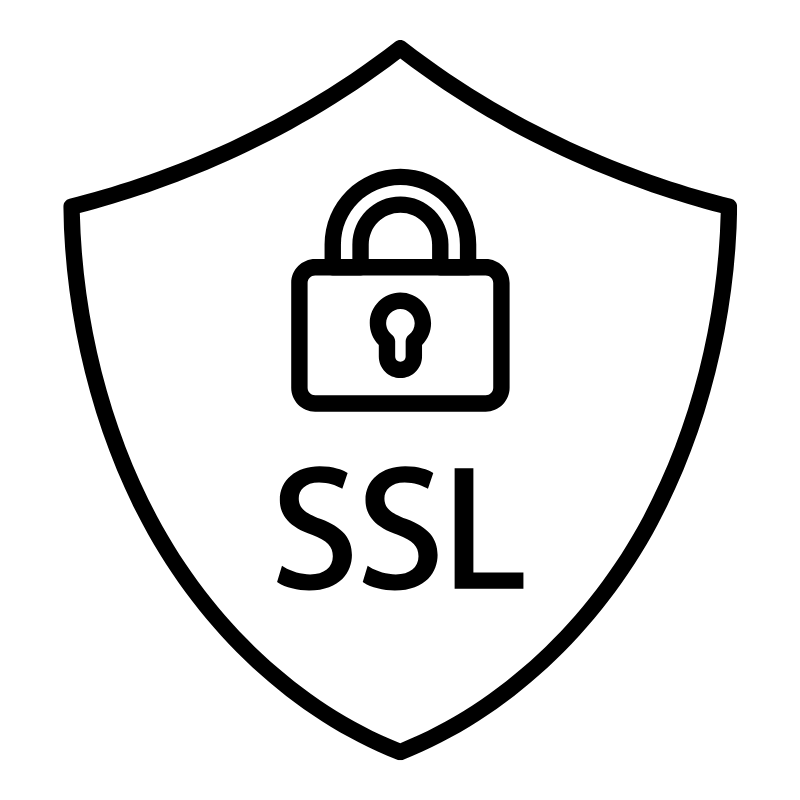 SSLs
SSLs



